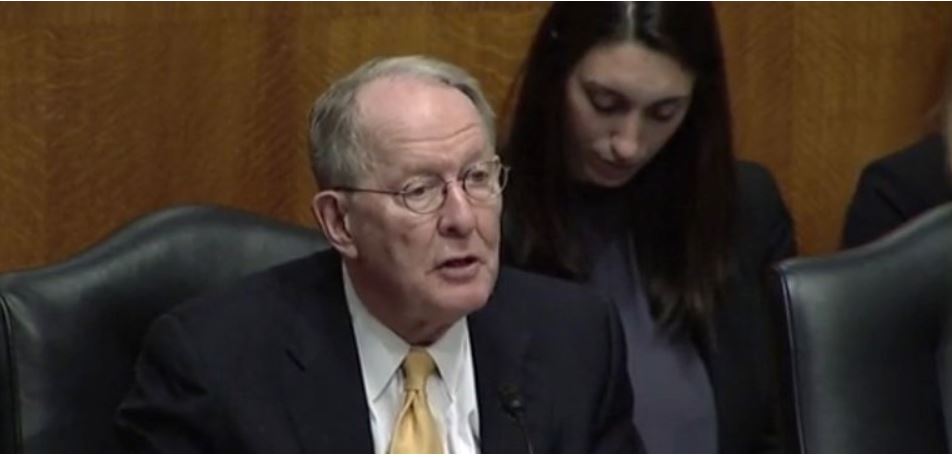The Secret to Great Middle School Presentations
This teacher often hears ‘We get to present today, right?’ Here’s how she has made presentations the cornerstone of her ELA classroom.
“We get to present today, right?” is a question I often hear from my middle school students as they excitedly enter the classroom. Years ago, I viewed student presentations as a formal affair with due dates far in the future and required formats. This resulted in rigid, uniform outcomes that lacked originality, as well as a bored audience. Over time, I’ve come to integrate student presentations, where students teach one another in innovative ways about concepts they develop, as a part of daily life in the classroom.
I recently read Chip Wood’s book Yardsticks: Childhood and Adolescent Development Ages 4–14, which describes presenting as a developmental milestone and source of enjoyment for middle school students. This clicked for me—no wonder my students have such enthusiasm for the process! Wood describes how children of middle school age are more invested in what their peers, rather than their teachers and parents, think of them.
When students know that they will be working in collaborative groups to build a concept from the ground up, and that the end result will be seen by their peers, it increases productivity and commitment. I’ve found that consistently providing my students a broad presentation platform and outlet to express their ideas increases work quality, cultivates creativity, and builds peer camaraderie.
Guiding Students to Design Great Presentations
Start with the end goal: First, I’ll start with the end in mind: What do I want students to accomplish? Then, I’ll share this goal with students. For example, as I’m a language arts teacher, when students finish a book club book, I’ll discuss the end goal by saying, “Now that you and your book club have finished reading, how will you share with the class, using textual evidence, how a character has grown or changed throughout the book? Or, if you’d prefer, how might you show us, using evidence, how a theme in your book emerged?”
I like to give students more than one option because they often feel more enthusiastic about one idea over another. This is also an opportunity to share basic parameters, such as length of time for planning and presenting, as well as the rubric. Students choose whether they want to work in a group, a partnership, or independently.
Offer a launching model while encouraging creative exploration: Next, I’ll model my thinking using a chart and then say, “This chart is a great launching pad to generate ideas for my presentation. Maybe you’d like to use a chart, too, or come up with your own method. You also want to think about how you’ll share what you’ve learned with the class in a way that will be lasting and memorable.” This approach provides students with a framework but also opens the doorway to full creative expression and builds excitement.
Guide and confer: As students work together to brainstorm ideas, the energy in the classroom is abuzz as they map out their plan and assign roles for each other. I’ll hear students share, “We need to find stronger text evidence! There are better quotes than the one we just found!” or “I was thinking we could each take a different character to analyze and then combine our work together” or “Wouldn’t it be cool to act these parts out in front of the class? I can do a British accent for this character!”
During this workshop time, I’ll confer with groups about their work and presentation plans. When I hear an innovative idea that could inspire and motivate others, I’ll ask the group to do a mini-share out to the class. I also make a personal goal to engage and connect with each student individually to validate their contributions to the process. This helps me build relationships with students, observe their learning styles, and offer support and guidance. Plus, it lets each student know I’m invested in the work they’re doing.
It’s helpful to have a few art supplies on hand, like various sizes of paper, markers, and cardboard. Many middle school students enjoy a tactile approach to creative expression and feel driven to incorporate personal art and color into their work. I also encourage digital presentations for tech enthusiasts. The more autonomy and choice that students have, the more creative the outcome.
Present and reflect: When it’s time for students to present their work, they’re eager and energized.
These are some of the memorable presentation elements that students have included to teach character growth or themes:
- Dramatic scene reenactments
- Character letters, emails, interviews, or journals
- Sketches and artwork
- Selections that relate to particular characters or themes
- Q and As with audience participation
- Digital presentations with extensive audiovisual details
- Personal reflections
Following each presentation, audience members share what was most memorable to them about their classmates’ presentations. Many students say that hearing specific feedback on their work from their peers is one of their favorite parts of the process. It’s a validating, meaningful component of the lesson.
Students presenting and teaching their classmates is empowering, engaging, and time well spent. Presentations become a platform for students to share their creativity and self-expression, making learning more meaningful and impactful. When students are in charge of creating knowledge and teaching each other, the classroom truly becomes theirs.
Source: https://www.edutopia.org/article/secret-great-middle-school-presentations




